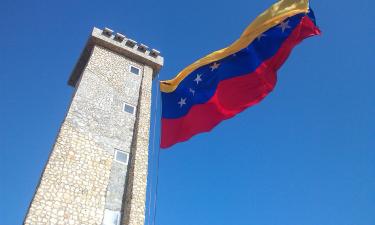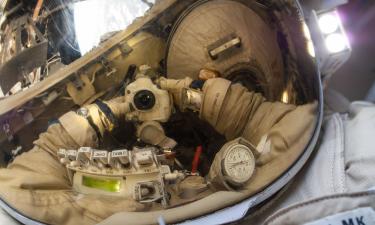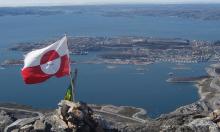Treasures of Russian provincial museums to appear on web
Collections of about fifty Russian museums reflecting almost a century in the history of Russian classical art will be available via internet since 2003. According to Managing Director Zelfira Tregulova, the art-russia.org information database will be presented in Moscow on Monday in the framework of the 13th antiquarian salon.
According to Tregulova, art-russia.org will "reflect the development of the Russian Realistic School of the second half of the nineteenth century, the birth of Symbolism in Russia, the development of radical artistic trends in the early twentieth century, the climatic years of Russian Non-figurative and Abstract art, the transformations of the art of the Avant-Garde in 1920s, and the emergence of Socialist Realism." The database includes the most significant works of 1860-1930 from the collections of Russian and foreign museums. The majority of several thousand works chosen for presentation on the Web are kept in the Russian regions - these collections are less known to art lovers and researchers than the treasures of Moscow and St Petersburg museums.
Foreign organisations - the Judith Rothschild Foundation (New York) and Galerie Gmurzynska (Cologne) help Russian specialists design the new web-resource.
The mission of the project is "to create a global bilingual resource (in Russian and English) for educational and scholarly research and for national and international exchange of knowledge." The works of Russian artists will be presented in an appropriate historic and cultural context. The network of cross-references will enable the user to obtain information on the artist's biography, the artistic trends, history of particular works, their parameters, and other facts.
Russian internet users will be interested in the directory dedicated to Russian arts in foreign collections. As for rich and unique arts collections from the Russian province, they are almost unknown abroad Russia.
Art-russia.org will be noted for the high quality of pictures. They are made using the technique of no-contact scanning developed by the Russian firm Epos, which makes it possible to avoid image distortions. It will provide experts with singular tools for virtual estimating.
Subscribe to Pravda.Ru Telegram channel, Facebook, RSS!





